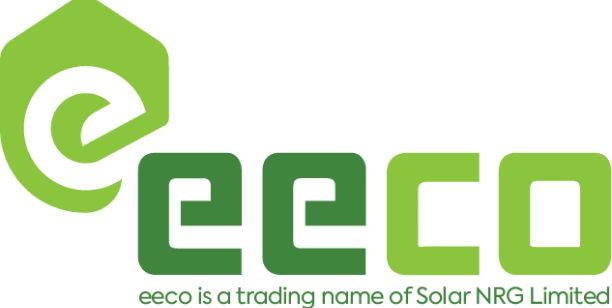The Rise and Benefits of Solar Farms in Northern Ireland
In recent years, solar photovoltaic (PV) energy has made significant strides, with numerous farm companies adopting solar systems. This method offers substantial advantages, including cost savings and a reduction in the carbon footprint of food production. Solar farms, particularly in Northern Ireland, are emerging as a key player in the renewable energy landscape. This article explores the benefits of solar farms and provides an overview of the solar energy market in the region.
What Are Solar Farms?
Solar farms, also known as solar parks or photovoltaic power stations, consist of large arrays of PV solar panels. These panels capture sunlight, convert it into electricity, and feed it into the power grid. Unlike rooftop installations, solar farms are typically ground-mounted and can generate substantial amounts of electricity, which is then distributed to consumers.
The Solar Energy Market in Northern Ireland
Globally, solar energy contributes to approximately 60% of the significant new renewable capacity, reflecting its steady growth, as reported by the International Energy Agency (IEA). In Northern Ireland, the solar capacity is poised to increase from its current level of 13.08 GW by 2030. However, this growth still falls short of the 40 GW target set by the Climate Change Committee for 2030 and the 85 GW goal for 2050.
The international price of commercial solar PV has dropped by 85% from 2010 to 2020, making solar energy more accessible. For landowners in Northern Ireland, this presents a lucrative opportunity, especially if they are near a grid connection with ample capacity (ranging from 5MW to 120MW).
Benefits of Solar Farms
- Minimal Visual Impact: Solar farms have a relatively low visual impact compared to other renewable energy methods, such as wind turbines. They produce no noise and can be screened with fencing or vegetation. Regular safety and maintenance checks ensure their effective operation.
- Revenue Potential: Solar farm leases are typically subsidy-free and can generate £850 to £1,100 per acre annually, depending on location and size. Additional ‘top-up’ revenue rents, which are percentages of around 4-6%, provide extra income if the developer’s earnings exceed the acreage-based rent. Although initial setup costs include construction and grid connection expenses, developers generally cover legal and development costs, providing landowners with rental income. Lease agreements, usually lasting 30 to 50 years, offer long-term, index-linked rental income.
- Easy Decommissioning: Solar farms are relatively easy to decommission if the land is needed for other uses post-lease. It is important, however, to include decommissioning provisions in the lease agreements.
- Land Use Flexibility: Many solar farms are designed to allow for dual use, such as grazing livestock (e.g., sheep or chickens) or planting wildflowers and grass mixtures to enhance biodiversity. This can attract pollinators and make productive use of less favorable land.
Notable Solar Farms in Northern Ireland
- Bann Road Solar Farm: Northern Ireland’s largest solar farm, Bann Road, located in County Antrim, boasts a capacity of 45.7 MWp, sufficient to power approximately 20,000 homes. The project, completed in March 2017, utilizes specialized matting to handle wet ground conditions. It is a high-yield installation, producing 851 kWh/kWp and contributing significantly to CO2 reduction.
- Dunore Solar Farm: Located at Dunore Water Treatment Works in South Antrim, this £7 million project features 24,000 solar panels and is a major step for NI Water in reducing its carbon footprint. The farm is expected to save about 2,000 tonnes of carbon annually and supports NI Water’s goal to increase renewable energy usage.
Summary
Solar farms are becoming increasingly prevalent in Northern Ireland, providing landowners with stable income and contributing to environmental sustainability. Typically spanning multiple hectares, these farms allow land to be used for both energy generation and additional purposes, such as grazing or biodiversity enhancement. With their long-term financial benefits and minimal visual impact, solar farms are a compelling investment for landowners and a valuable asset in the renewable energy sector.


